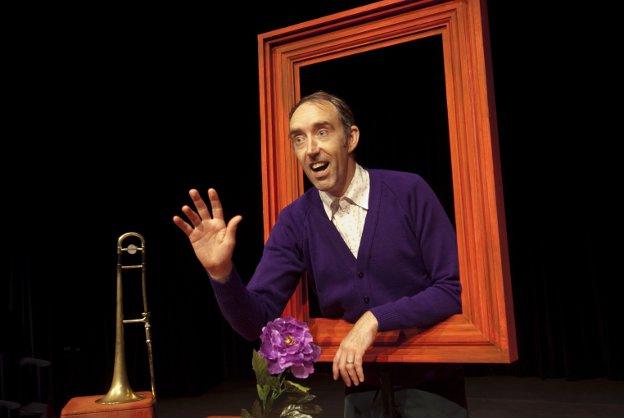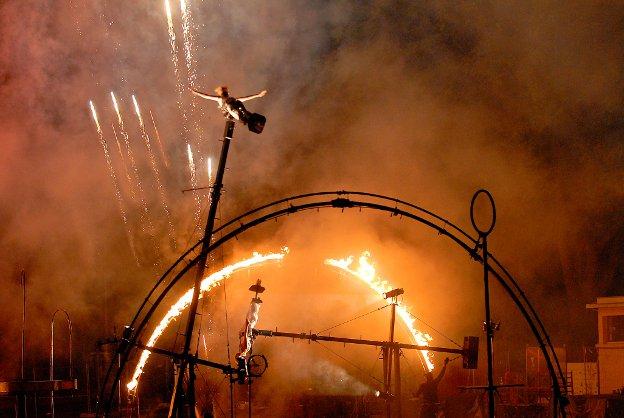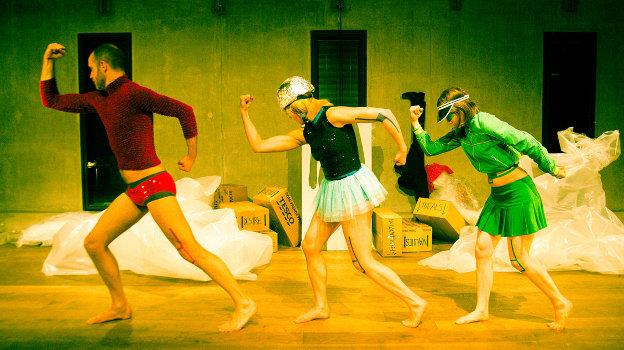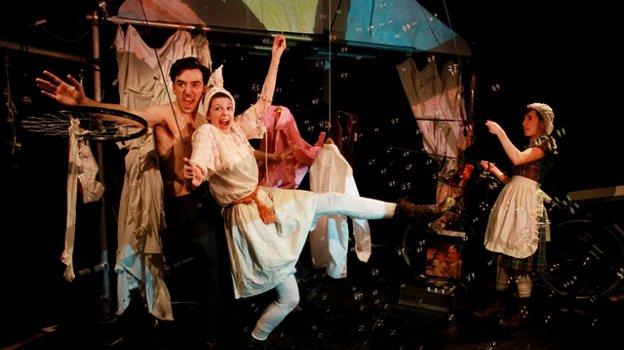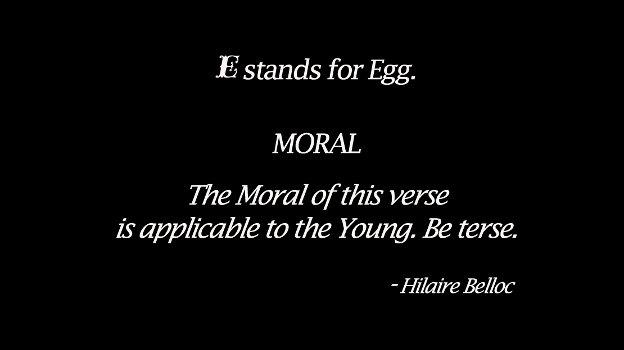Combining well-paced physical humour with accomplished live musical performance, Mr Honk and His Sad Trombone is an entertaining show, perfectly pitched at its audience of young children and accompanying adults. Mr Honk, a quirky character who enjoys a challenge, is desperate to join his local brass band, but the grumpy trombone that he purchases from a disreputable-looking music shop seems less than keen to play along. We follow Mr Honk’s quest to cheer his trombone up in the hope of producing an award-winning musical performance.
The show includes some hilarious multiple playing of roles as the lone performer becomes firstly a grumpy shopkeeper and then every member of a brass band, switching between roles with such conviction and clear physicality that we believe him entirely. Indeed, as Mr Honk, Grant Stimpson’s skills and energy overall are admirable, moving most of the action on at a good pace and using a musician’s level of skill in breath control to allow effective projection and interaction with the audience even during speedier sequences. The movement on the whole is well choreographed and executed, but there are a few sequences that seem a little over-lengthy and confusing, such as the journey to the music shop, and the story of the trombone’s love affair. Perhaps these would benefit from some tighter editing, but overall the audience seemed to remain engaged and responded well to the excellent use of humour.
The abstract world of Mr Honk is captured very effectively by the production’s design as well as Stimpson’s performance, utilising a fairly minimal set (essentially two frames suspended on legs and three moveable boxes) to create multiple locations including Mr Honk’s house and the band’s rehearsal room. There is a subtlety to this design that is pleasing and is echoed by an effective soundscape composed by Robin Harris, which makes use of trombone-type noises to create many of the effects (such as doors opening) and helps highlight the production’s themes. This is an inventive piece of children’s theatre, executed with verve and a real sense of fun.

